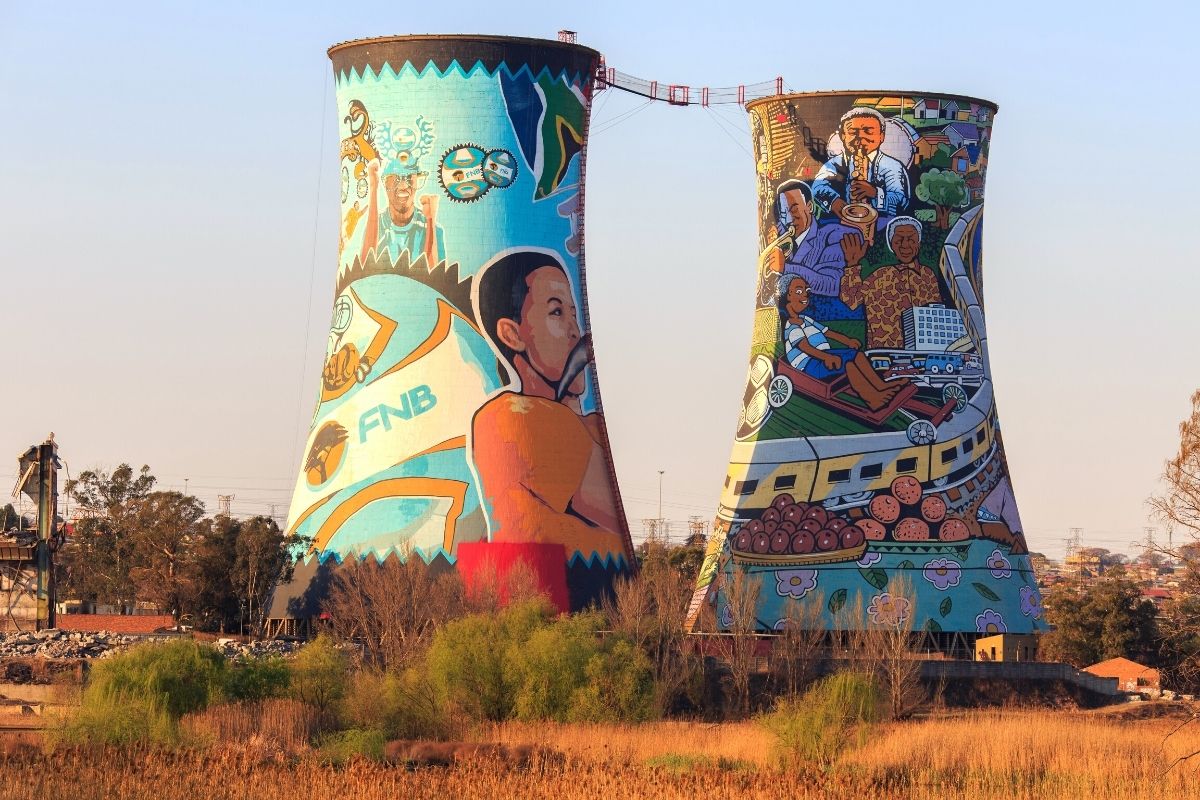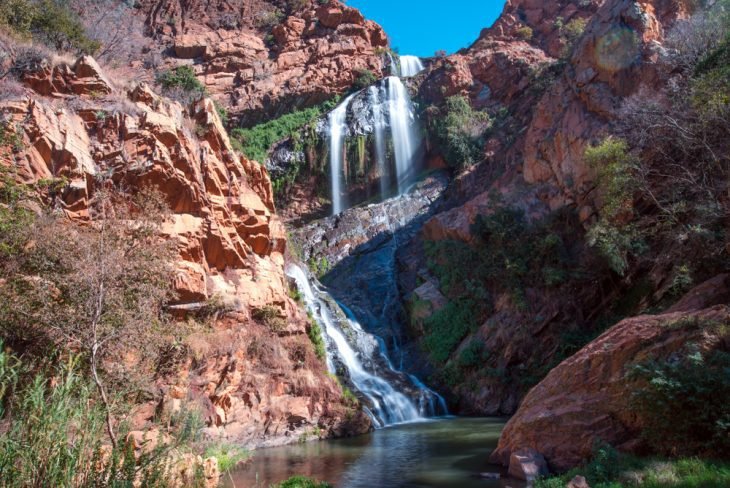The Facts About Johannesburg North Attractions Uncovered
The Facts About Johannesburg North Attractions Uncovered
Blog Article
The Basic Principles Of Johannesburg North Attractions
Table of ContentsThe 10-Second Trick For Johannesburg North AttractionsJohannesburg North Attractions Fundamentals ExplainedThe Johannesburg North Attractions IdeasSome Known Details About Johannesburg North Attractions How Johannesburg North Attractions can Save You Time, Stress, and Money.How Johannesburg North Attractions can Save You Time, Stress, and Money.Examine This Report about Johannesburg North Attractions
Nonetheless you should maintain security in mind and vacationers have to continue to be alert in any way times when in unknown surroundings. Speak with the residents when you remain in town to learn about the area you are remaining in. Johannesburg North attractions. When on the road (this does not use to buying malls and various other safe and secure settings) best general suggestions is to try your finest to appear like a neighborhood and to prevent presenting any form of riches
5 Easy Facts About Johannesburg North Attractions Described
Professor Revil Mason O. J. (Thomson, 1946) discovered the Witwatersrand's pre-colonial history. His archaeological work blew up the 'em pty land' misconception, according to which the area was without human habitation prior to the arrival of European settlers. In his publications Prehistory of the Transvaal: A Record of Human Task (1962) and Beginnings of Black People of Johannesburg and the Southern Western Central Transvaal AD 3501880 (1986 ), Professor Mason showed the extent of social and financial development in the location before Europeans set foot below.

Our Johannesburg North Attractions Statements
In 1878, David Wardrop found gold in quartz blood vessels at Zwartkop, north of Krugersdorp. In 1881, Stephanus Minnaar came across gold on the farm Kromdraai, near the Cradle of Humankind.
In March 1886, a protrusion (quickly to be called the Key Reef) was found, quite fortuitously, on Gerhardus Oosthuizen's farm Langlaagte. Some state that the Lancastrian coal miner George Pedestrian found this coral reef. An additional travelling English miner, George Harrison (who had previously operated in Australian mines) obtained a prospecting licence in regard of Langlaagte in Might 1886.
He determined to relocate on in a pursuit for greener fields, and disposed of his Langlaagte case for the baronial sum of 10. Alas: below lay the richest goldfield ever located. The exploration of this abundant auriferous reef provoked a gold thrill that indicated the end of bucolic serenity in the southerly Transvaal.
It would certainly, within 6 years, end up being the largest community in southerly Africa. Within a decade, it would make the Z. A. R. till after that an anarchical and insolvent little state the most affluent nation in Africa. By the turn of the century, the Z. A. R. was to exceed Russia, Australia and the USA of America to become the globe's leading gold manufacturer, producing more than a quarter of the world's gold.
Get This Report on Johannesburg North Attractions
It was called Ferreira's Camp, called after Colonel Ignatius Ferreira. He was a Boer adventurer upon whom the British authorities had actually presented the standing of Friend of the Many Identified Order of St Michael and St George (qualifying him to the post-nominal letters C. M. G.) in appreciation for his role in the war that had actually deposed the Pedi king Sekhukhune in 1879.
Soon the camp was including tents and wagons as newbies arrived daily from much and wide. By September 1886, some 400 individuals lived in Get the facts Ferreira's Camp, which quickly boasted erected iron and lumber structures. Two various other camps were developed: Meyer's Camp on the ranch Doornfontein, and Paarl Camp. The latter was nicknamed Afrikander Camp; lots of people from the Cape Swarm settled there.

The Ultimate Guide To Johannesburg North Attractions
This name got currency by word of mouth, such that the State Secretary verified the name to the Mining Commissioner on 9 October 1886. Stands go in the town were auctioned on 8 December 1886. While some stands were marketed for 10, others were torn down for just sixpence.
Two years later on, these erven were to change hands for as long as 750 each. The tented camps dwindled as a dorp of corrugated iron buildings created and expanded north of the mines situated along the Key Reef Roadway. Areas such as Jeppe's Town (where working-class immigrants erected their residences) and Doornfontein (where the upscale new 'Randlords' started to construct their extravagant houses) were soon included to the ever-expanding map of the community.
An Unbiased View of Johannesburg North Attractions
Aside from the street names, there were no signs of Johannesburg being located in a Dutch-speaking nation. Years later on, C. W. Kearns O. J. (among the very first kids enrolled at St John's University in 1898) would certainly remember: 'A weird fact concerning Johannesburg was that, although web it remained in the [Boer Republic], virtually every person spoke English and even the Government servants addressed one in English, unless they were first attended to in the Taal (or Reduced Dutch)'.
As such, Britain had a passion in making sure ideal conditions for gold production on the Witwatersrand, which the gold was exported to London rather than Berlin an imperative provided all the extra clamant by the Z. A. R - Johannesburg North attractions.'s raising toenadering with Germany. Mine owners got on a clash with Head of state Kruger, whose plan of monopolistic concessions (typically granted to his cronies) protected against mining companies from procuring materials of materials (particularly dynamite) and labour on their own, cheaper terms
The Only Guide to Johannesburg North Attractions
In 1890, the Volksraad had limited the franchise business to white men that had actually stayed in the Z. A. R. for fourteen years or longer, thus disqualifying most of the immigrants (who occurred to be the significant contributors to the fiscus). Nevertheless, frustration for the vote was a mere pretense for advertising a different schedule; most uitlanders regarded themselves as short-lived site visitors and had no intention of remaining in the Z.
Report this page